Located in the heart of Andalusia, Seville is a city of mesmerizing beauty and rich cultural heritage. With its enchanting blend of history, flamenco music and dance, vibrant festivals, and architectural wonders, Seville is a must-visit destination for travelers seeking an authentic taste of Spain. As the capital city of Andalusia, Seville boasts a unique character shaped by centuries of Moorish and Christian influences. From the majestic Alcázar to the iconic Plaza de España, every corner of Seville tells a story, inviting visitors to immerse themselves in its captivating ambiance. Let us embark on a journey to explore the wonders of Seville and discover why it is a true gem of Spain.
History & Culture:
Seville’s history spans over 2,000 years, with traces of Roman, Moorish, and Christian influences evident in its architecture, traditions, and customs. As a prominent port city during the Spanish Golden Age, Seville thrived as a center of trade and exploration, leaving behind a legacy of magnificent buildings and cultural treasures. The city’s rich cultural heritage is celebrated through flamenco music and dance, which originated in the region and remains an integral part of Sevillian culture. Seville’s historic center, a UNESCO World Heritage site, is a testament to its illustrious past, with landmarks such as the Giralda Tower, Cathedral, and Alcázar showcasing the city’s architectural grandeur.
Weather and Best Time to Visit:
Seville enjoys a Mediterranean climate with hot summers and mild winters. The best time to visit is during spring (March to May) and autumn (September to November) when the weather is pleasantly warm, and the city comes alive with festivals and events. Summer (June to August) can be scorching, with temperatures often exceeding 40°C (104°F). However, this season is also when vibrant local traditions, such as the Feria de Abril, take place. Winter (December to February) is mild and offers fewer crowds, making it a good time for exploring indoor attractions and enjoying the city’s gastronomy.
How to Reach:
Seville is well-connected by air, with Seville Airport (San Pablo Airport) serving numerous domestic and international flights. The airport is located about 10 kilometers northeast of the city center, and it offers various transportation options, including buses, taxis, and rental cars. Seville is also accessible by train, with high-speed services connecting it to major cities in Spain. Additionally, buses provide an affordable means of reaching Seville from different parts of the country.
Local Transportation:
Seville has an efficient and well-connected public transportation system, making it easy to explore the city and its surrounding areas. The metro network covers important parts of the city, including the city center and major attractions. Buses are another convenient option, with extensive routes that reach all corners of Seville. The Sevici public bike-sharing program offers an eco-friendly way to navigate the city, with numerous bike stations available for rental. Taxis and ride-sharing services are readily available for shorter journeys or when more flexibility is desired.
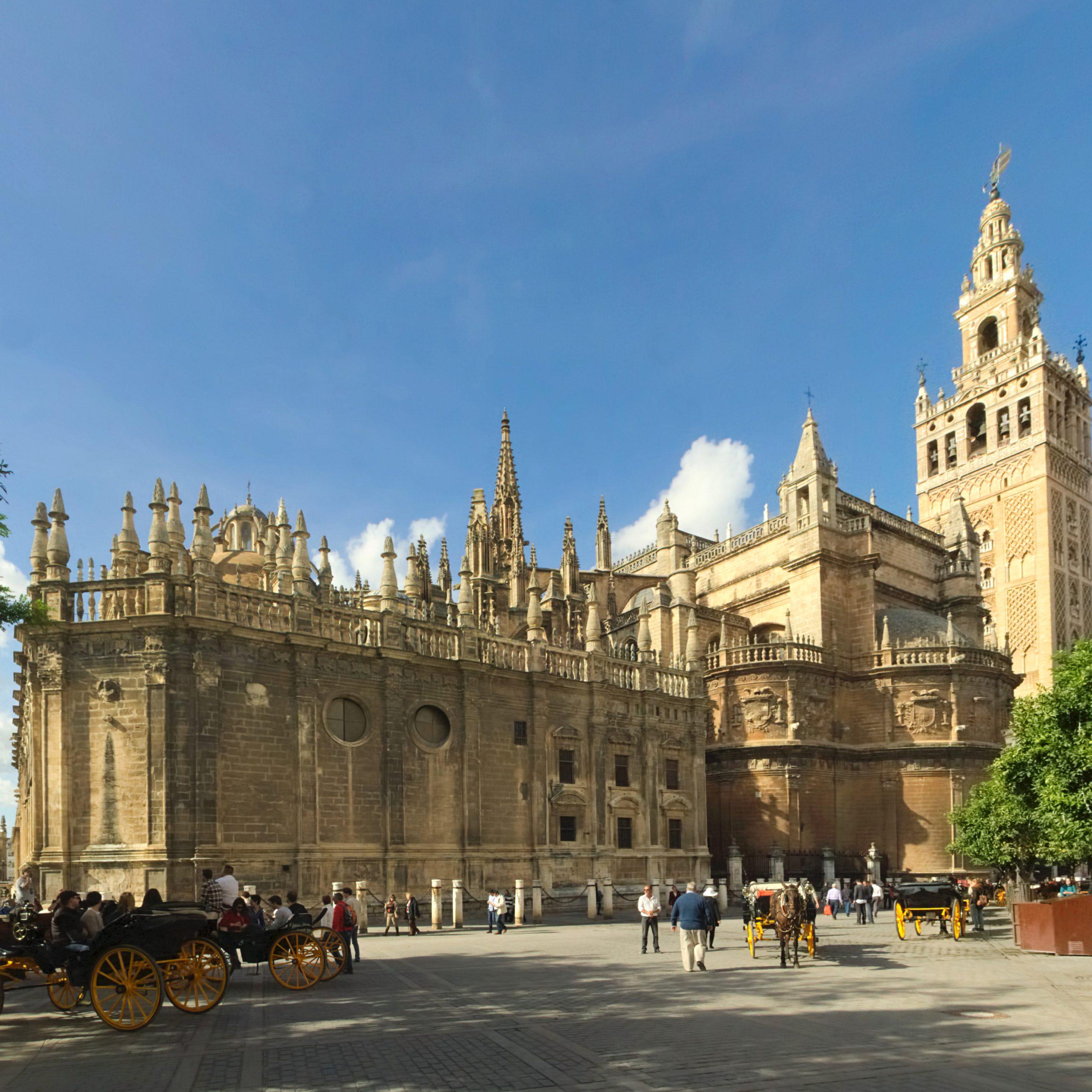
Must-Visit Tourist Attractions:
- Seville Cathedral (Catedral de Sevilla) – The largest Gothic cathedral in the world, boasting exquisite architecture and housing the tomb of Christopher Columbus.
- Real Alcázar – A stunning royal palace with beautiful gardens, intricate tilework, and lush courtyards, reflecting Moorish and Mudéjar influences.
- Giralda Tower (La Giralda) – Originally a minaret, it now serves as the bell tower of the cathedral and offers panoramic views of the city.
- Plaza de España -A majestic square in Maria Luisa Park, featuring a semicircular building, ornate tiles, and a canal where visitors can rent rowboats.
- Barrio Santa Cruz – Seville’s historic Jewish quarter, known for its narrow streets, charming squares, and vibrant atmosphere.
- Metropol Parasol (Las Setas) – A modern wooden structure with an observation deck, offering panoramic views of the city.
- Plaza de Toros de la Maestranza – One of the oldest bullrings in Spain, hosting bullfights and offering guided tours.
- Maria Luisa Park (Parque de María Luisa) – A sprawling park with beautiful gardens, fountains, and architectural gems, perfect for leisurely strolls.
- Triana Neighborhood – A lively district across the Guadalquivir River, renowned for its flamenco heritage, ceramic workshops, and vibrant nightlife.
- Archivo de Indias – A UNESCO World Heritage site, housing archives related to the history of the Spanish colonies in the Americas.
- Hospital de los Venerables – A 17th-century baroque building converted into a cultural center, hosting art exhibitions and concerts.
- Casa de Pilatos – A grand Andalusian palace featuring a blend of Mudéjar, Renaissance, and Gothic architectural styles.
- Torre del Oro – A historic tower located on the Guadalquivir River, offering a museum showcasing Seville’s maritime history.
- Antigua Fábrica de Tabacos – A former tobacco factory transformed into the University of Seville, famous for its association with the opera Carmen.
- Archivo General de Indias – A treasure trove of documents chronicling Spain’s colonial history, including maps, letters, and records.
- Metropol Parasol (Las Setas) – A contemporary structure consisting of giant wooden mushrooms, housing a market, panoramic viewpoint, and archaeological museum.
- Casa de la Memoria – A venue for intimate flamenco performances, showcasing the passion and artistry of this traditional Andalusian music and dance.
- Basilica de la Macarena – A magnificent basilica housing the revered statue of the Virgen de la Macarena, a symbol of Seville’s devotion.
- Museum of Fine Arts of Seville (Museo de Bellas Artes de Sevilla) – A splendid art museum housing a vast collection of paintings and sculptures, including works by famous Spanish artists.
- Palacio de las Dueñas – A beautiful palace that once belonged to the Duchess of Alba, featuring stunning architecture, gardens, and historic artifacts.

Must-Do Activities:
- Watch a traditional flamenco show, immersing yourself in the passionate music, soulful dancing, and intricate guitar playing.
- Take a river cruise along the Guadalquivir River, enjoying picturesque views of the city’s skyline and landmarks.
- Join a tapas tour, sampling the diverse flavors of Andalusian cuisine and experiencing the lively atmosphere of local tapas bars.
- Explore the charming streets of Barrio Santa Cruz, getting lost in its narrow alleys and discovering hidden squares and cozy cafés.
- Visit a local market, such as Mercado de Triana or Mercado de Feria, to savor fresh produce, regional delicacies, and artisanal products.
- Experience the vibrant Feria de Abril (April Fair), a week-long celebration of Andalusian culture, with flamenco, traditional attire, horseback parades, and casetas (festive tents).
- Take a horse-drawn carriage ride through the historic center, enjoying the romantic ambiance and the clatter of hooves on cobblestone streets.
- Explore the Triana neighborhood, known for itsauthentic flamenco performances, ceramic workshops, and lively tapas bars, immersing yourself in the local culture.
- Attend a bullfight at Plaza de Toros de la Maestranza, witnessing this controversial Spanish tradition.
- Visit the Metropol Parasol (Las Setas) at sunset, enjoying breathtaking views of the city as the sky transforms into a canvas of vibrant colors.
- Take a guided tour of the Real Alcázar, marveling at its intricate tilework, lush gardens, and stunning architecture.
- Wander through the beautiful Maria Luisa Park, rent a rowboat in the canal, and relax amidst the serene surroundings.
- Explore the Plaza de España, admiring its impressive architecture, tiled alcoves representing different Spanish provinces, and taking a romantic boat ride in the canal.
- Visit the Archivo de Indias, delving into the historical archives documenting Spain’s colonial past.
- Attend a performance at the Teatro de la Maestranza, a prestigious opera house showcasing world-class productions.
- Take a guided tour of the Seville Cathedral, exploring its grand interior, climbing the Giralda Tower, and visiting the tomb of Christopher Columbus.
- Visit the Casa de Pilatos, a magnificent palace displaying a blend of architectural styles and a stunning courtyard.
- Explore the Antigua Fábrica de Tabacos, now the University of Seville, to admire its impressive architecture and soak in the history of the building.
- Take a leisurely stroll along the riverside promenade, enjoying views of the Torre del Oro, bridges, and picturesque landscapes.
- Relax in a traditional Arab bathhouse (hammam) and indulge in a rejuvenating spa experience, embracing the city’s Moorish heritage.
Fun & Entertainment Parks and Adventure Parks:
Seville offers various recreational parks and adventure activities for visitors seeking outdoor fun. While the city itself doesn’t have large amusement parks, there are nearby attractions suitable for day trips:
- Isla Mágica – A theme park located in the outskirts of Seville, offering thrilling rides, shows, and water attractions for all ages.
- Aquopolis – A water park located near Seville, featuring water slides, pools, and a lazy river for a refreshing day of fun and relaxation.
- La Reserva del Castillo de las Guardas – A wildlife and adventure park situated about an hour’s drive from Seville, where visitors can encounter a wide variety of animals in a natural setting.
- Parque del Alamillo – A large park with playgrounds, walking trails, and picnic areas, perfect for a family outing or a leisurely day in nature.
Popular Food and Drinks:
- Tapas – Seville is renowned for its tapas culture, with a variety of small plates, such as jamón ibérico, croquetas, and grilled shrimp, served alongside drinks in local bars.
- Gazpacho – A refreshing cold soup made from ripe tomatoes, cucumbers, peppers, and garlic, perfect for hot summer days.
- Salmorejo – A creamy and rich tomato-based soup, similar to gazpacho but thicker, often served with diced ham and hard-boiled eggs on top.
- Pescaíto frito – Deep-fried small fish, usually whitebait or anchovies, a popular seafood dish in Andalusia.
- Rabo de toro – Braised bull’s tail, slow-cooked until tender and flavorful, often served with potatoes or rice.
- Espinacas con garbanzos – A traditional dish combining sautéed spinach with chickpeas, flavored with cumin and paprika.
- Flamenquín – A breadedand fried roll of pork loin wrapped in Serrano ham and cheese, a delicious specialty of Seville.
- Solomillo al Whisky – A tender pork tenderloin cooked in a rich whiskey sauce, a popular dish in Seville’s traditional restaurants.
- Tortillitas de camarones – Crispy shrimp fritters made with a batter of chickpea flour and fresh shrimp, a favorite local snack.
- Tarta de Santiago – A traditional almond cake, typically dusted with powdered sugar and adorned with the cross of Saint James, a popular dessert in Seville.
Popular Restaurants and Bars:
- El Rinconcillo – Seville’s oldest tapas bar, serving traditional Andalusian dishes and an extensive selection of wines.
- Eslava – A renowned tapas bar known for its innovative twists on traditional dishes and its bustling atmosphere.
- La Azotea – A trendy restaurant offering creative seasonal dishes and a rooftop terrace with stunning views of the city.
- Casa Morales – A historic tavern dating back to 1850, famous for its authentic tapas, including Iberian ham and montaditos.
- Abantal – A Michelin-starred restaurant specializing in modern Andalusian cuisine, using local ingredients and innovative techniques.
- Bodeguita Romero – A beloved neighborhood bar serving delicious tapas and montaditos, accompanied by a lively atmosphere.
- El Pinton – A stylish restaurant offering a fusion of Andalusian and international flavors, with an emphasis on fresh and seasonal ingredients.
- Bar Las Teresas – A traditional bar known for its wide selection of tapas and cured meats, perfect for a casual lunch or evening bite.
- Bar El Comercio – A historic café famous for its churros and chocolate, a delightful treat for breakfast or an afternoon snack.
- Bodegas Dos de Mayo – A charming wine bar offering a vast selection of local wines and delicious tapas to pair with them.

Nightlife and Nightclubs:
Seville’s nightlife scene is vibrant and diverse, with a range of bars, clubs, and music venues to suit every taste. The city comes alive after dark, with locals and visitors enjoying the energetic atmosphere and lively music. Some popular nightlife spots in Seville include:
- Alameda de Hércules – A trendy square lined with bars, restaurants, and clubs, known for its lively nightlife and youthful ambiance.
- Sala Malandar – A popular live music venue showcasing a mix of genres, from rock and pop to flamenco and jazz.
- La Carbonería – A legendary flamenco bar offering live performances, where visitors can experience the passion and intensity of this traditional art form.
- Terraza EME – A rooftop bar with panoramic views of the city, offering cocktails and a stylish setting for a night out.
- La Casa del Jazz – A cozy jazz club hosting live performances by local and international artists.
- Sala Custom – A nightclub featuring a variety of music genres, from electronic and techno to Latin and reggaeton.
- Buda Sevilla – A popular nightclub known for its electronic music and vibrant atmosphere.
- Barrio Latino – A Latin-themed club offering salsa, bachata, and other Latin rhythms for a night of dancing and fun.
Popular Shopping Centers and Markets:
- Calle Sierpes – A bustling shopping street in the city center, lined with fashion boutiques, souvenir shops, and traditional artisanal stores.
- Triana Market – A lively market in the Triana neighborhood, offering fresh produce, local products, and a vibrant atmosphere.
- Plaza del Cabildo – A square known for its artisan shops, offering ceramics, leather goods, and traditional crafts.
- El Corte Inglés – A renowned department store with multiple branches in Seville, offering a wide range of products, including fashion, accessories, cosmetics, and home goods.
- Centro Comercial Nervión Plaza – A shopping mall located near the city center, featuring a variety of national and international brands, as well as a cinema and entertainment options.
- Plaza de la Encarnación – A modern complex with the Metropol Parasol as its centerpiece, housing shops, restaurants, and a food market.
- Mercado de Triana – A vibrant food market in the Triana neighborhood, offering fresh produce, local specialties, and a lively atmosphere.
- Avenida de la Constitución – A major shopping street in the city center, lined with fashion stores, souvenir shops, and charming boutiques.
- Calle Tetuán – A street known for its upscale shops and boutiques, offering designer fashion, jewelry, and accessories.
- Triana Ceramic District – Located in the Triana neighborhood, this area is famous for its traditional ceramic workshops and stores, where visitors can find unique handmade pottery and decorative tiles.
Museums and Educational Institutions:
- Seville Museum of Fine Arts (Museo de Bellas Artes) – A prestigious art museum showcasing a collection of Spanish paintings from the medieval period to the 20th century.
- Museum of Popular Arts and Traditions (Museo de Artes y Costumbres Populares) – A museum dedicated to preserving and showcasing the traditional arts, crafts, and customs of Andalusia.
- Archivo General de Indias – A UNESCO World Heritage site, housing historical documents related to Spain’s exploration and colonization of the Americas.
- University of Seville (Universidad de Sevilla) – A prestigious institution of higher education with a rich history and a wide range of academic disciplines.
- Centro Andaluz de Arte Contemporáneo (CAAC) – A contemporary art museum housed in the Monastery of Santa María de las Cuevas, featuring temporary exhibitions and site-specific installations.
- Real Maestranza Bullring Museum – Located within the bullring, this museum provides insight into the history and traditions of bullfighting in Seville.
- Museum of Flamenco Dance (Museo del Baile Flamenco) – A museum dedicated to preserving and promoting the art of flamenco, featuring interactive exhibits and live performances.
- Santa Clara Cultural Center – A cultural space housed in a former convent, hosting art exhibitions, concerts, and cultural events throughout the year.
Safety for Tourists and Do’s & Don’ts:
Seville is generally a safe city, but it’s always advisable to take standard precautions. Keep an eye on your belongings, especially in crowded areas and tourist spots. Avoid walking alone in secluded areas at night and use well-lit and busy streets. It’s also recommended to dress modestly and respectfully, especially when visiting religious sites. Be cautious of pickpockets, particularly in crowded places and public transportation. When using taxis, ensure they are licensed and use the official meter. It’s advisable to carry a copy of your passport or identification and keep the originals in a safe place.
Environment and Sustainable Tourism:
Seville is committed to sustainable tourism and environmental conservation. The city encourages responsible travel practices, such as conserving water, reducing waste, and supporting eco-friendly accommodations and businesses. Seville’s public transportation system, including the metro, buses, and bicycles, promotes sustainable transportation options. Visitors are encouraged to respect the natural environment and follow designated trails and paths when exploring natural areas. It’s important to dispose of waste properly and refrain from damaging or removing flora and fauna.
General Information:
- Language: Spanish is the official language.
- Religion:The predominant religion is Roman Catholicism.
- Population: Seville has a population of approximately 690,000 people.
- Holidays: Spanish national holidays, such as New Year’s Day, Easter, Labor Day (May 1st), National Day (October 12th), and Christmas, are celebrated in Seville.
- Water: Tap water is generally safe to drink in Seville, but some visitors prefer to drink bottled water.
- Electricity: The standard voltage is 230V, and the plugs are of the European type (two round pins).
- Mobile and Internet: Seville has excellent mobile coverage and offers 4G and 5G networks. Wi-Fi is widely available in hotels, restaurants, and public spaces.
- Health Services: Seville has a well-developed healthcare system with public and private hospitals, clinics, and pharmacies.
- Postal Service: Correos is the national postal service provider in Spain, offering reliable mail and package delivery services.
- Suitable Clothing: Seville has a Mediterranean climate, with hot summers and mild winters. Lightweight and breathable clothing is suitable for most of the year, but a light jacket or sweater may be needed in winter. Comfortable footwear is recommended for walking on cobblestone streets and exploring the city’s attractions.
- Banks: Seville has numerous banks and ATMs throughout the city, offering currency exchange and other financial services.
In conclusion, Seville is a city that captivates travelers with its rich history, vibrant culture, and breathtaking architecture. From its majestic cathedral and royal palace to its lively tapas bars and flamenco shows, Seville offers an immersive experience that showcases the essence of Andalusia. Whether exploring its historic landmarks, indulging in delicious cuisine, or embracing the passion of flamenco, visitors are sure to fall in love with the charm and beauty of Seville. With its commitment to sustainability and welcoming atmosphere, Seville is a destination that leaves a lasting impression on every traveler.
Book Your Flights : Here 30% OFF on Booking
Book Your Hotels : Here 20% OFF on Booking

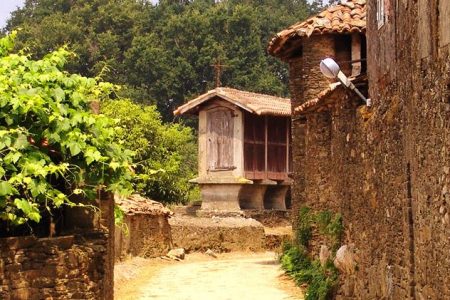
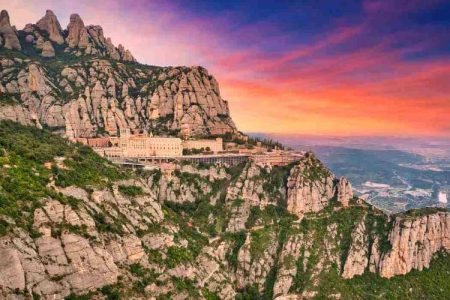
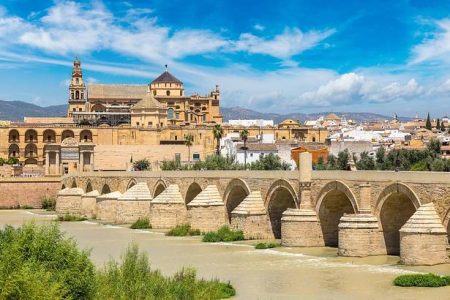
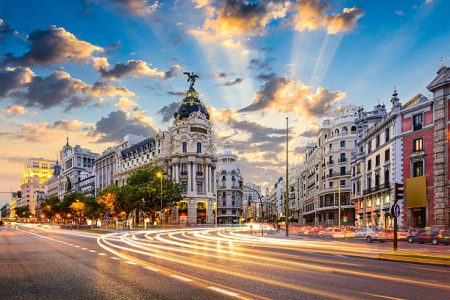
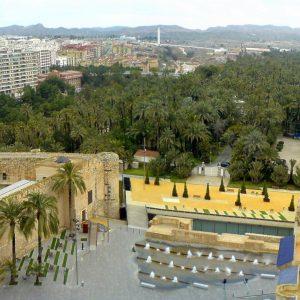
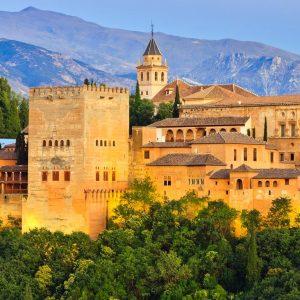
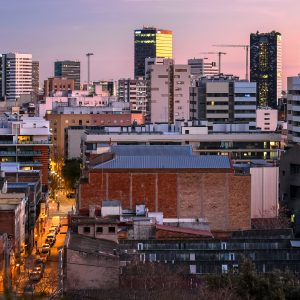
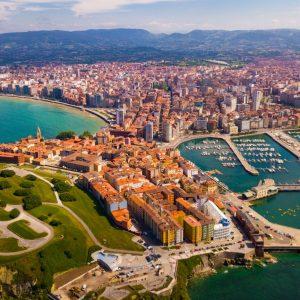
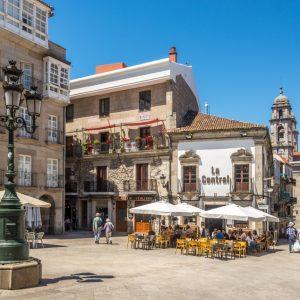
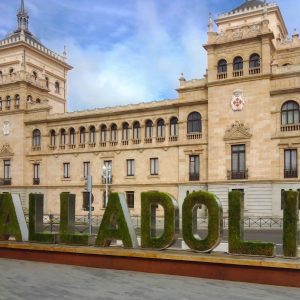
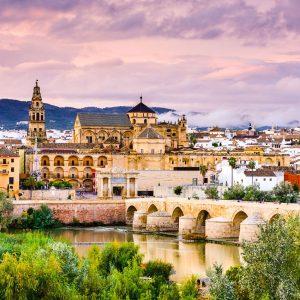
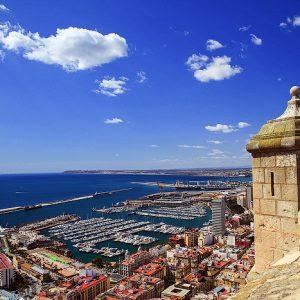
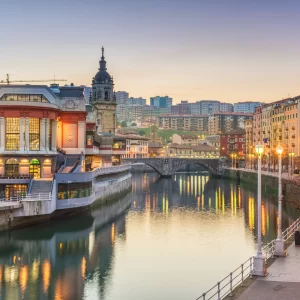
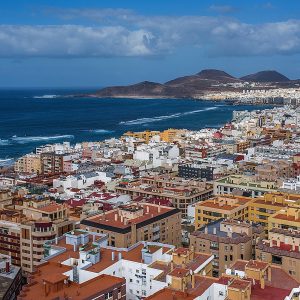
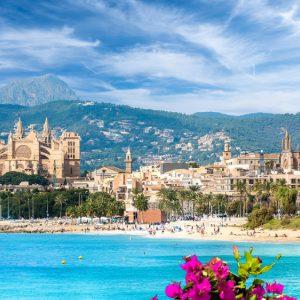
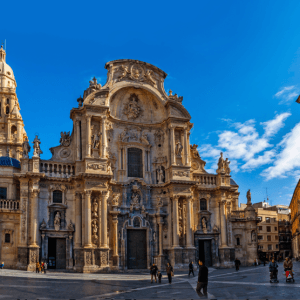
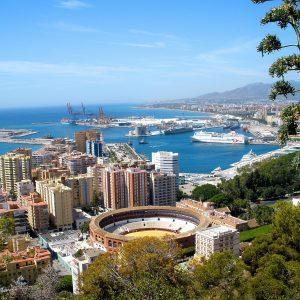
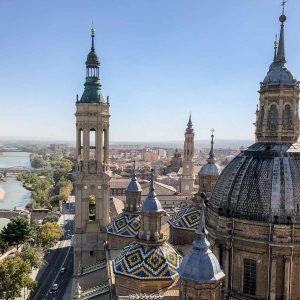
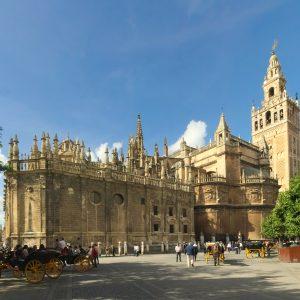
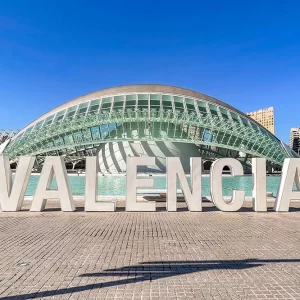
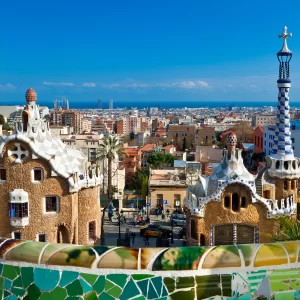
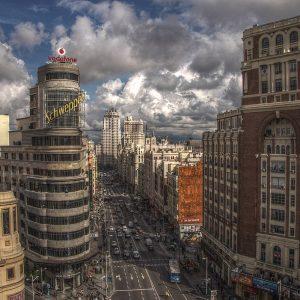
0 Comment